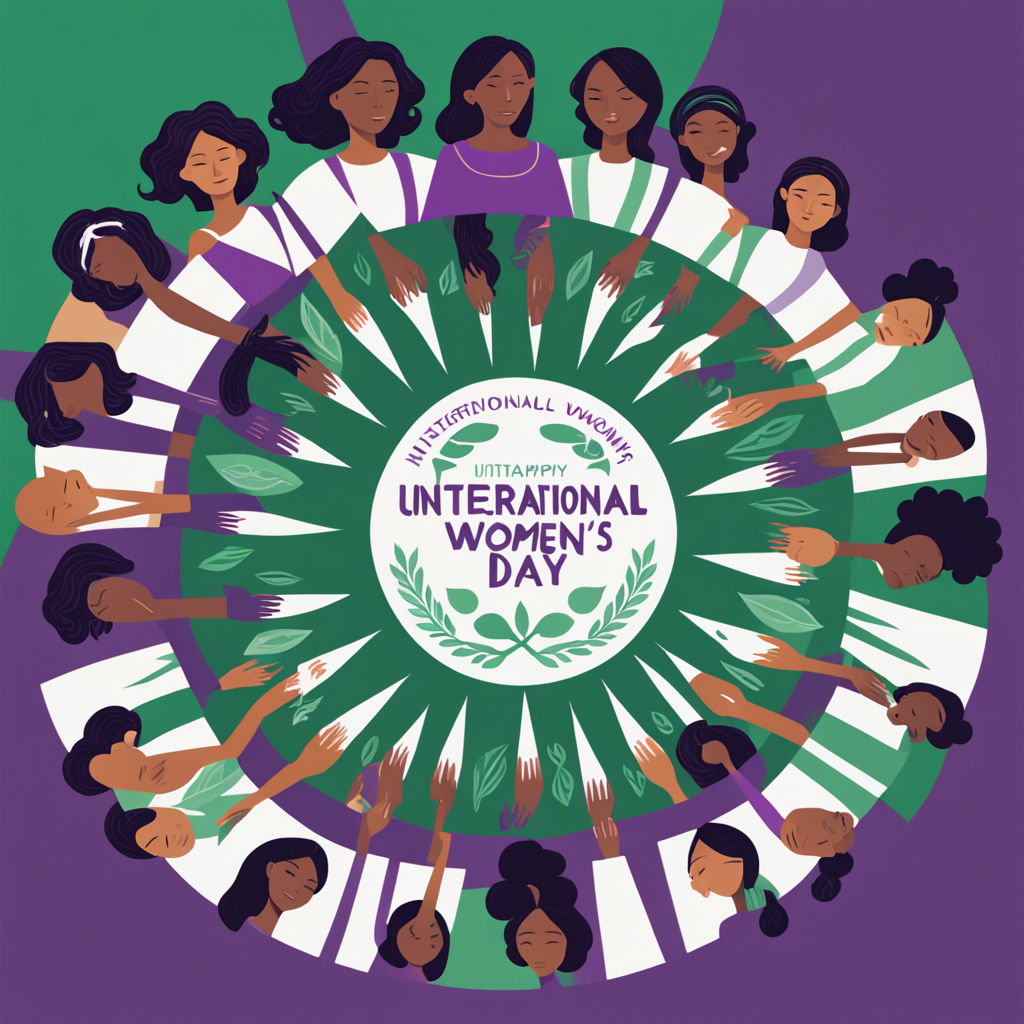Roadmap for Answer Writing 1. Introduction Briefly introduce the Foreign Contribution (Regulation) Act (FCRA), 1976. Mention the objective of the Act: to regulate foreign funding of NGOs in India. State the significance of the recent amendments, particularly those made in 2020. 2. Key Amendments to ...
Model Answer Introduction The National Child Policy (NCP), introduced in India in 2013, aims to provide a comprehensive framework for the protection, development, and well-being of children. It addresses various aspects, including health, nutrition, education, protection, and participation, with theRead more
Model Answer
Introduction
The National Child Policy (NCP), introduced in India in 2013, aims to provide a comprehensive framework for the protection, development, and well-being of children. It addresses various aspects, including health, nutrition, education, protection, and participation, with the goal of ensuring a safe and nurturing environment for all children.
Body
Main Provisions
- Health and Nutrition
The NCP emphasizes early childhood care, immunization, and the prevention of malnutrition through programs like the Integrated Child Development Services (ICDS). It aims to improve health outcomes for children, particularly in vulnerable populations. - Education
The policy advocates for inclusive education, addressing the needs of children with disabilities and those from marginalized communities. It underscores the importance of quality education and equitable access. - Child Protection
Strengthening legal and institutional frameworks is crucial for child protection. The NCP supports the Juvenile Justice system and the Protection of Children from Sexual Offences (POCSO) Act, alongside establishing Child Welfare Committees to safeguard children’s rights. - Participation
The policy encourages children’s involvement in decision-making processes, promoting their voices in family, community, and governance matters through platforms like Bal Sansad (Children’s Parliament).
Status of Implementation
- Health and Nutrition: According to the National Family Health Survey (NFHS-5, 2019-21), the Infant Mortality Rate (IMR) has declined to 30 deaths per 1,000 live births. However, malnutrition is a significant issue, with 32.1% of children under five being stunted (Source: NFHS-5).
- Education: The Annual Status of Education Report (ASER, 2020) shows a 96.3% enrollment rate for children aged 6-14 years, but only 16.2% of Grade 3 children can read at a Grade 2 level. Gender disparities persist, with a Gross Enrollment Ratio (GER) of 80.5% for girls compared to 85.9% for boys (Source: UDISE+ report, 2019-20).
- Child Protection: Reports of cases under the POCSO Act increased from 8,904 in 2014 to 48,493 in 2019 (Source: National Crime Records Bureau). However, many cases remain unreported, and the conviction rate is low at 32.6% (2019).
- Participation: Initiatives like Bal Panchayats have been established in several states to enhance children’s participation, though specific data on their effectiveness is limited.
Conclusion
While there have been notable advances in implementing the National Child Policy, significant challenges remain, particularly in malnutrition, educational outcomes, child protection, and participation. Continuous efforts, effective monitoring, and adequate resource allocation are essential for the successful realization of the policy’s goals and the well-being of children in India.
See less

Model Answer Introduction The Foreign Contribution (Regulation) Act (FCRA), 1976, was enacted to regulate the acceptance and utilization of foreign contributions by NGOs and individuals in India. The most significant amendments occurred in 2020, aimed at enhancing transparency and accountability. HoRead more
Model Answer
Introduction
The Foreign Contribution (Regulation) Act (FCRA), 1976, was enacted to regulate the acceptance and utilization of foreign contributions by NGOs and individuals in India. The most significant amendments occurred in 2020, aimed at enhancing transparency and accountability. However, these changes have raised concerns regarding their implications for civil society.
Key Amendments and Their Implications
Decrease in Administrative Expenses
One notable amendment reduced the cap on administrative expenses from 50% to 20%. This change severely limits NGOs’ ability to allocate funds for essential operational costs, such as staff salaries, office rent, and training. According to a report by the Centre for Budget and Governance Accountability, this restriction could undermine the sustainability of many organizations (CBGA, 2021).
Prohibition on Sub-Grants
The new regulations prohibit NGOs from transferring foreign funds to other entities, affecting collaboration with smaller grassroots organizations that depend on larger NGOs for financial support. While intended to prevent fund misuse, this restriction may hinder effective program outreach and development in underserved areas (Human Rights Watch, 2020).
Mandatory Aadhaar Requirement
The amendment mandates that NGO office bearers provide Aadhaar numbers for registration and renewal. Critics argue this raises privacy concerns and potential misuse of personal data. The government claims it enhances accountability, but organizations fear it may deter participation due to privacy issues (Privacy International, 2021).
Centralized FCRA Account
NGOs are required to open an FCRA account in a designated State Bank of India branch in Delhi. This centralization can simplify monitoring for the government but may pose logistical challenges for NGOs in remote regions, potentially complicating access to funds (The Hindu, 2020).
Extended Suspension of Registration
The government can now suspend an NGO’s FCRA registration for up to 360 days, increased from 180. This extension provides more time for investigations but risks paralyzing NGOs’ operations due to funding unavailability (Economic and Political Weekly, 2021).
Enhanced Government Discretion
The amendments grant the government greater discretion to cancel FCRA licenses if NGOs are deemed detrimental to public interest. Critics argue this vague criterion could be misused to suppress dissent and limit civil society activities (Amnesty International, 2021).
Conclusion
While the amendments to the FCRA aim to improve accountability, they pose significant challenges to the operational capacity of NGOs in India. Striking a balance between regulation and the vibrant functioning of civil society is crucial for democracy’s health.
See less